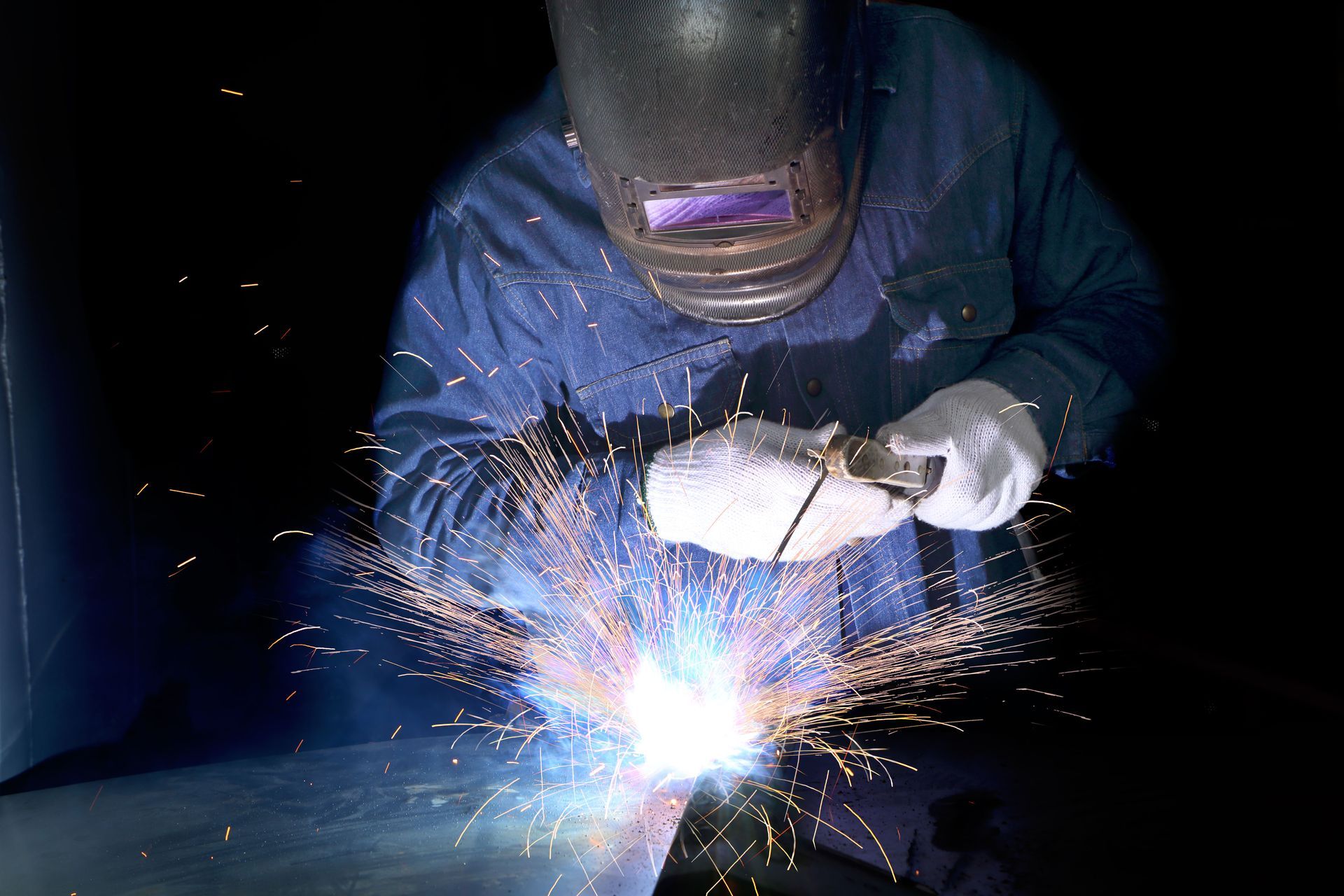Understanding the Temperatures Involved in Metal Fabrication
When you fabricate metal, it's important to understand the temperatures involved. If you don't know what temperature should be used when working with different metals, you'll likely end up with a product that isn't strong and durable. According to Blacksmith University, steel first glows a dull orange color at about 1,100 degrees, so this is the perfect starting point. Let's find out more about how to understand these temperatures.
1. Alloy Differences
Different alloys require different temperatures. An alloy is a mixture of two or more metals, so the
custom metal fabrication process may involve working with alloys. The average temperature for the metal fabrication of alloys is around 1,000 to 1,500 degrees Celsius, according to American Elements. However, the precise temperature for any alloy will depend on its composition.
2. Heat Treatments
Depending on what type of metal fabrication you're doing, you may need to heat treat the metal to give it extra strength or flexibility. Heat treatments involve heating the metal to specific temperatures for a certain amount of time. According to the ASM heat treating society, average heat treatment temperatures can reach up to 2,400 degrees Celsius depending on the type of custom metal fabrication.
3. Brazing and Welding
Welding involves heating two pieces of metal together, while brazing is a process where two separate pieces of metal are fused with a third element. A temperature of around 6,000 to 8,000 degrees Celsius is needed for welding, according to Welding Mania. For brazing, temperatures of around 800 to 1,000 degrees Celsius will suffice.
4. Annealing
Annealing is a process used to enhance the strength or ductility of custom metal fabrication. It involves heating the metal to a specific temperature, usually between 300 to 410 degrees Celsius, according to the Welding Institute, and then slowly cooling it. This process helps relieve any internal stresses that have built up in the custom metal fabrication process.
5. Forging
For custom metal fabrication, forging is the process of shaping metal with a hammer or press. Metal must be heated to a specific temperature for forging, usually between 350 and 1,250 degrees Celsius, according to ScienceDirect. At higher temperatures, custom metal fabrication is even more malleable and easier to shape. It's important to note that more experienced custom metal fabricators may require higher temperatures for forging.
By understanding the temperatures required for custom metal fabrication, you'll be able to create a high-quality product that is both strong and durable. Depending on what type of custom metal fabrication you're doing and the materials involved, temperatures may vary significantly. Call Craftworx Metal & Fabrication LLC today to learn more about our welding and metal fabrication services.








Share On: